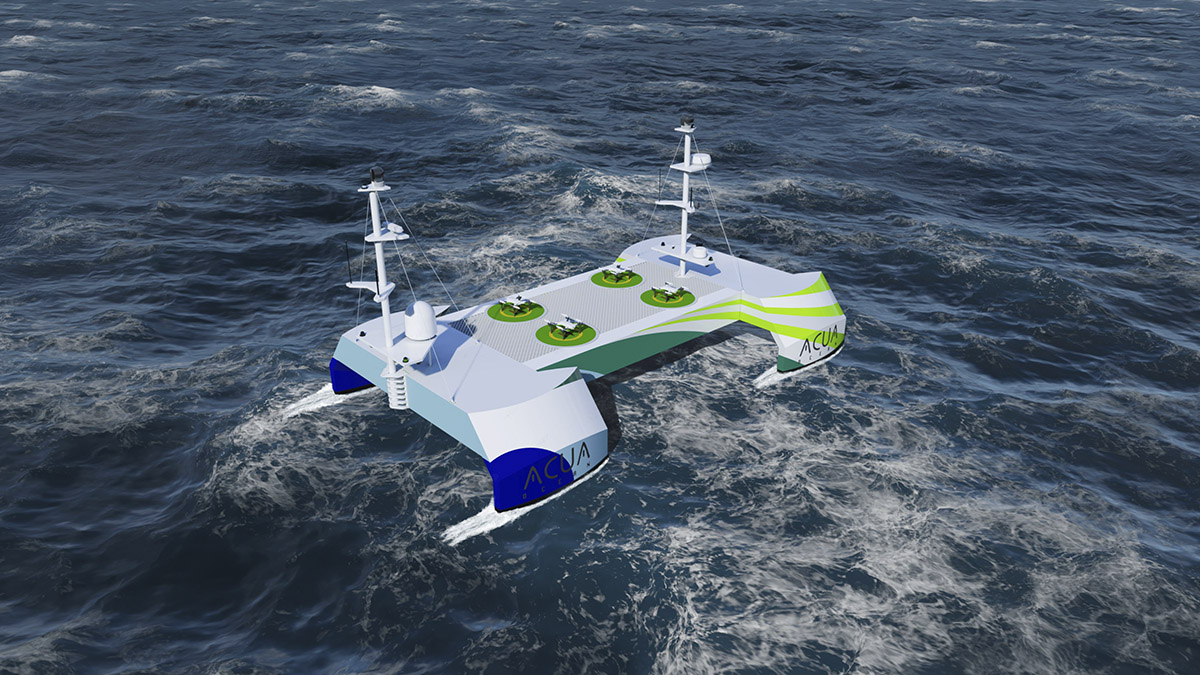Keeping cool
BY ANNA TURNS | PHOTOS: ISTOCK

As the world is heating up and most modern cooling solutions increase energy usage, Anna Turns investigates alternative methods to combat heat stress.
Extreme heat has a huge impact on health and wellbeing. Heat stress can result in chronic fatigue and sleep deprivation and loss of learning capacity; food spoils more easily, it is of serious concern for outdoor workers in the construction sector and can threaten wildlife too. On top of this, due to drastic reduction in productivity by the workforce, it has an economic impact.
Worryingly, by 2050, ‘record-shattering’ heat waves could become two to seven times more frequent than in the past 30 years, according to a study published in the journal Nature Climate Change in July 2021. Hoping to win the battle with time, scientists and entrepreneurs around the world are thus hard at work to tackle the heat challenges with tailor-made solutions.
Dr Debbie Bartlett studies heat stress at the University of Greenwich, London. She explains that heat stress is actually less about air temperature and more about a standard measure of heat stress known as physiological equivalent temperature, or PET.
“If you experience moderately hot weather with high humidity, heat stress will be worse than if you have the same temperature with low humidity – our measures of PET use small mobile weather stations to take lots of factors into account, such as wind speed, sunlight and humidity,” says Bartlett who assesses the cooling effects of various interventions in urban environments.
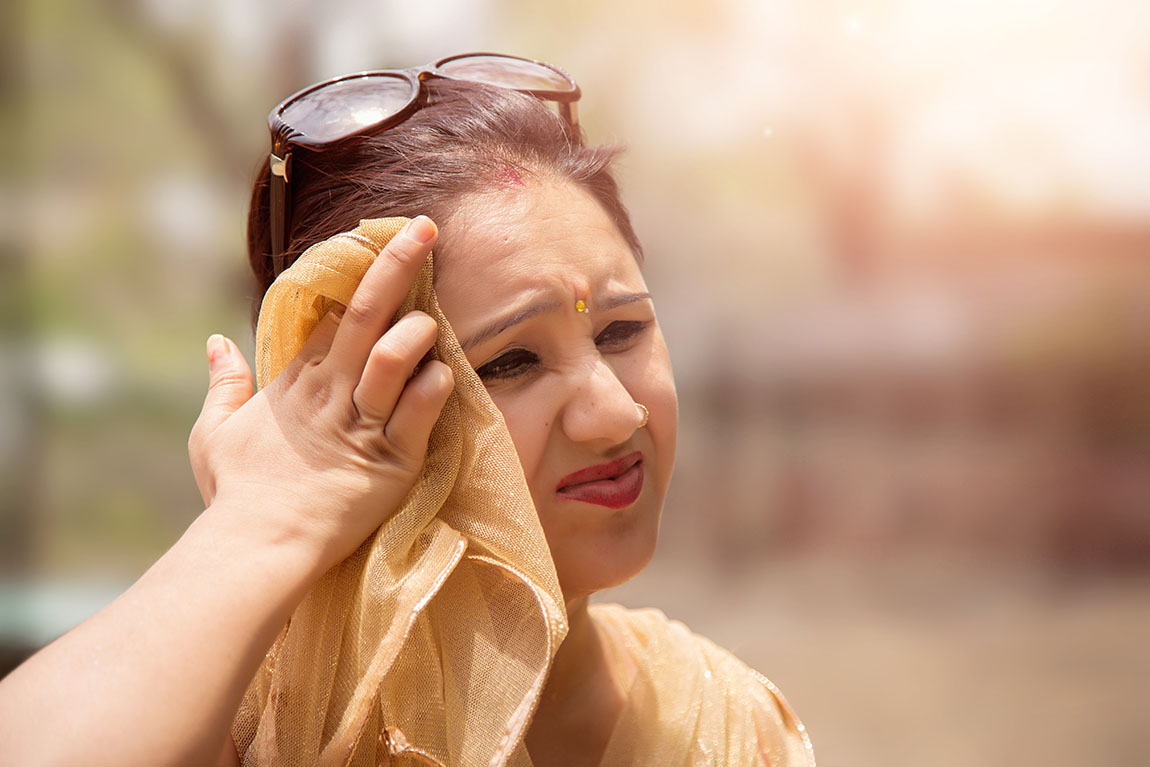
Innovative infrastructure
As part of the European-wide Cool Towns Project being piloted in places such as Margate in Kent, Breda in the Netherlands and Merelbeke in Belgium, Bartlett and her team are taking a practical approach.
The team is producing heat maps that show which parts of an urban environment are most likely to suffer from heat stress, then integrating those with vulnerability mapping that indicates the location of people most likely to suffer from heat stress.
Looking at local mitigating measures, the team’s findings show that whereas green walls are only effective within a short distance, planting trees or hanging textile shade sails can reliably block the radiation from the sun.
Furthermore, tree planting is one of the local adaptations that can improve biodiversity, flood resilience and drought protection, in addition to improving the ‘thermal comfort’ of the people living and working there.
“By planting a tree in a public square to produce shade, you are modifying the microclimate and increasing thermal comfort of people able to get under the tree,” explains Bartlett. At a larger scale, scientists take into account the urban heat island effect, the phenomenon whereby cities tend to experience higher air temperatures than the surrounding countryside, especially at night.
Synthetic surfaces such as tarmac roads or concrete buildings retain and re-emit heat more than natural vegetation, plus human activities such as transport, power generation and air conditioners all add to the problem.
Air flow is reduced in urban environments with narrow streets and tall buildings, so keeping heat away from the street level and from people living there is crucial. That might involve encouraging town planners to incorporate green roofs or painting rooftops bright white to reflect radiation away.
The goal is to develop a toolkit that allows town planners, developers and local authorities to prioritise and decide which interventions would be most suitable for a specific situation. Putting solutions in place needs funding, however, and heat stress is not as acute or tangible as flood risk or storm damage, so it has been somewhat overlooked.

Debbie Bartlett [left] with mobile weather station.
Inclusive design
Severe impacts of heat stress are already being felt and will only be exacerbated by the climate crisis. Expensive air conditioning is not a sustainable answer to indoor heat stress because it drives up energy usage which in turn makes the problem worse and makes people even hotter.
Climate charity Ashden’s Fair Cooling Fund is helping to scale up cooling solutions that are accessible or affordable for people living in lower income communities in countries such as India and Egypt.
The success of Indian social enterprise cBalance hinges on participation from the community. With support from Ashden, student architects and engineers have been leading workshops in poorly ventilated, congested slums to create low-cost passive design solutions that use zero or almost no energy to reduce the amount of heat coming in from the tin rooftops.
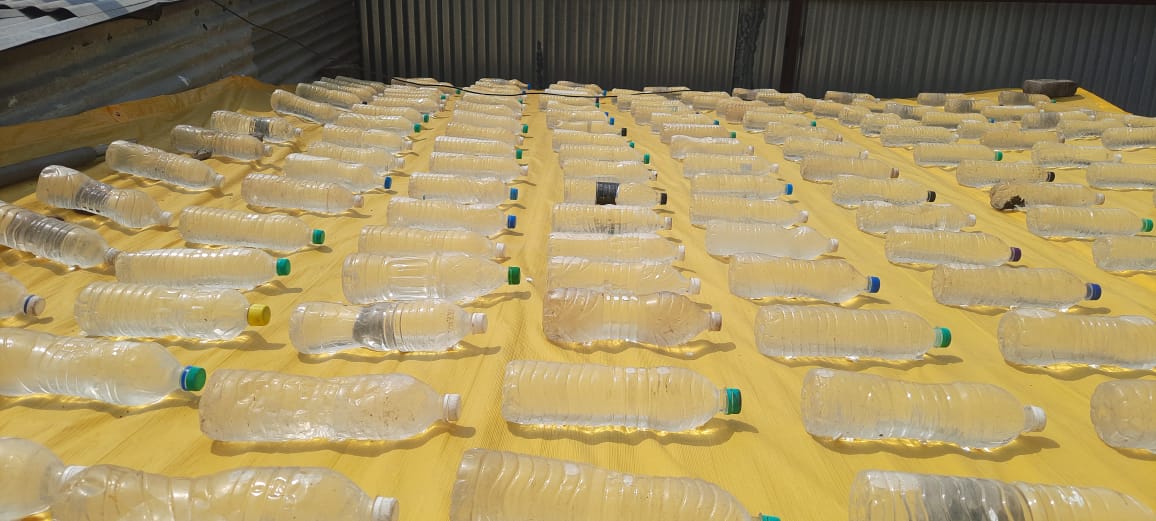
PET bottle installation.
“Even if the air temperature is 32°C, your roof can be 50°C,” explains Vivek Gilani, managing director of cBalance, who believes that collaboration is key: “It’s very important to develop solutions with communities rather than imposing solutions upon them.”
In the cities of Pune and Bangalore, cBalance works closely with women in low-income communities to design rooftop gardens or install roof coverings made of water-filled recycled plastic bottles, then measure the impact.
According to Gilani, huge challenges remain, such as the lack of basic household-level data about the lives of communities most affected by heat stress, and the state of their homes.
In the future, cBalance hopes that governments and authorities will adopt proven solutions to bring benefits to more homes, and Gilani is encouraging universities and colleges to embed sustainable and affordable cooling solutions in their curricula.
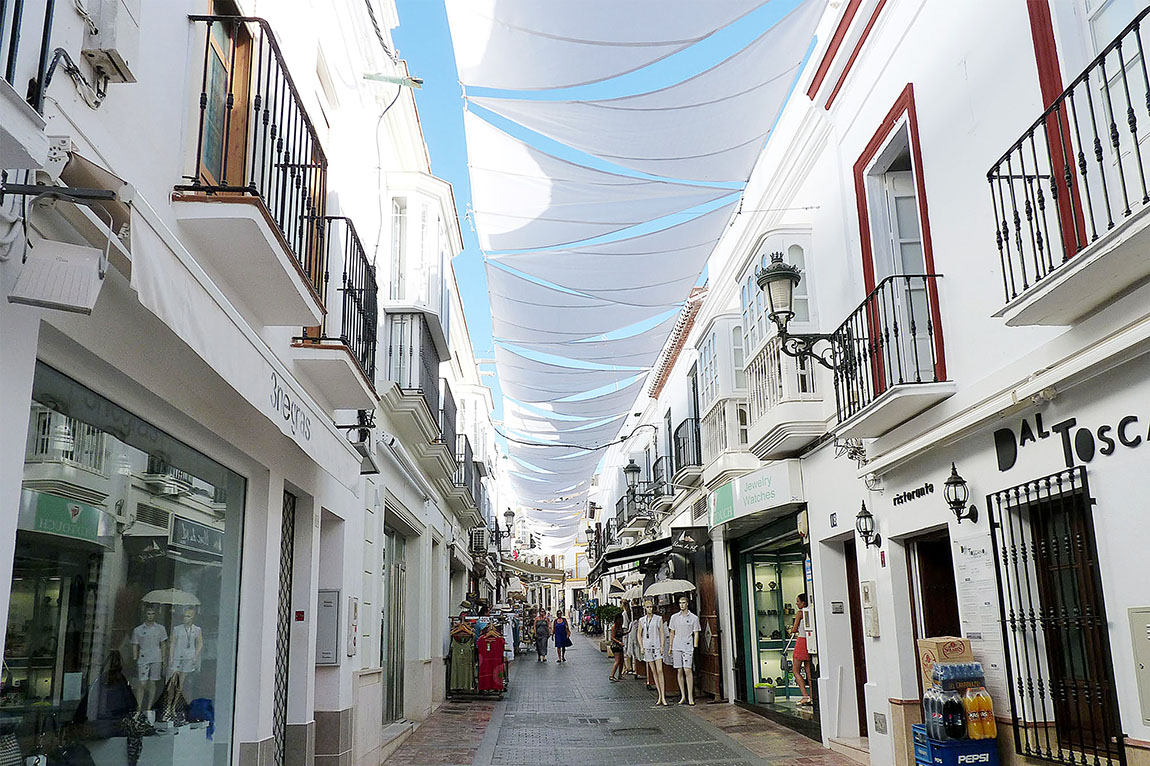
The Cool Towns Project assesses measures such as textile canopies in urban areas. Photo: SIOEN INDUSTRIES
Materials matter
In Egypt, green architecture firm ECOnsult works with policymakers to build affordable, energy-efficient and climate-resilient homes to tackle the issue of indoor heat stress.
Led by founder and architect Sarah El Battouty, ECOnsult has created a set of standards that individual building projects must reach, plus green guidelines that will be used nationally as part of Hayat Karima, a £24b Egyptian government project to transform more than 4,000 of the country’s rural settlements.
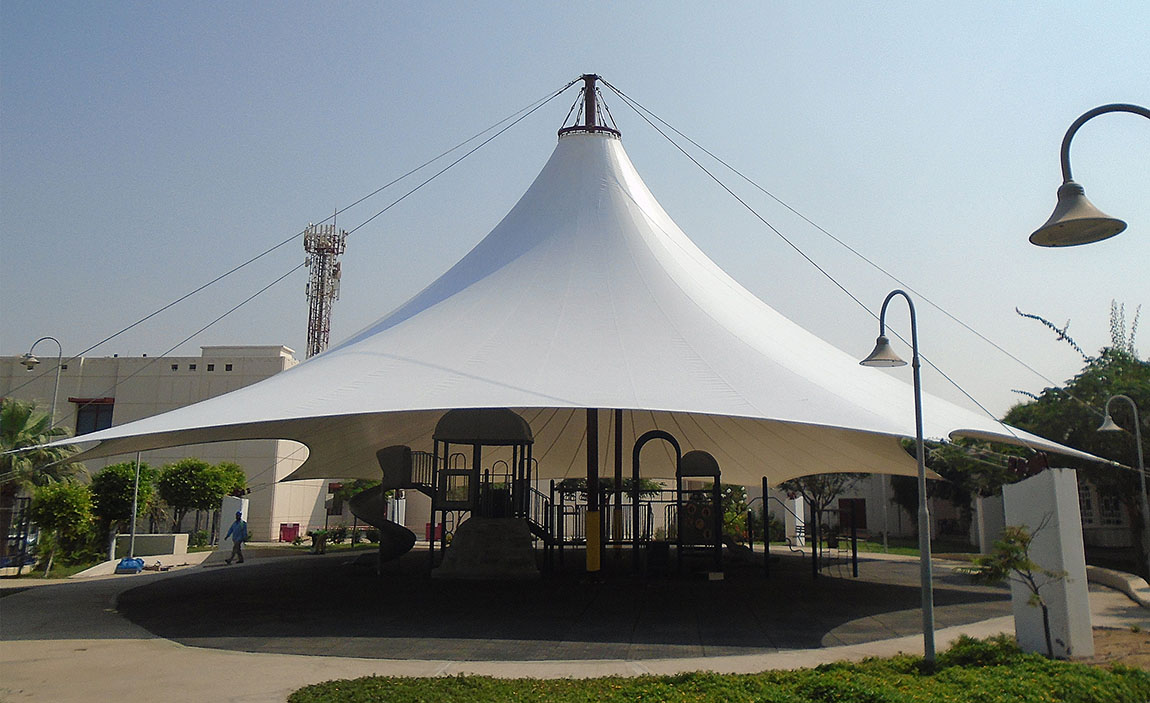
Large shaded areas in public spaces can help mitigate heat stress. CREDIT SIOEN INDUSTRIES
This ‘mega project’ consists of millions of tiny projects, as El Battouty explains: “We encourage the government to consider things at a household level. To really listen to people, to understand their needs. When people think at a smaller scale, then policy shifts happen.”
This involves engaging deeply with diverse voices from within the communities, prioritising the issues that communities most want to see tackled, while offering solutions tailored to the local environment.
El Battouty says: “Our ability to speak in different ‘languages’ to different audiences is a key quality of ECOnsult, and something that helps us bring people and organisations together around a common goal.”
Now, as global temperatures continue to rise, so too will the danger facing marginalised communities, in Egypt, India and closer to home in the UK. “Our bodies are not capable of coping with extreme heat for long amounts of time,” El Battouty says.
She is trying to disrupt the idea that green buildings are expensive and that they require big cities. She goes on to say: “If you get out of cities in Egypt you find climate-resilient success models everywhere around you – we need to tap into the climate resilience of indigenous communities and take inspiration from what they’ve been doing – that includes mud brick houses with wooden ceilings that stay cool in summer and warm in winter.”
That choice of materials is very important, as are the use of shading, vegetation and building orientation to keep temperatures down. With foresight and long-term investment, our homes, workplaces and urban infrastructure can be transformed to minimise the effects of heat stress in an equitable way…if we act now.
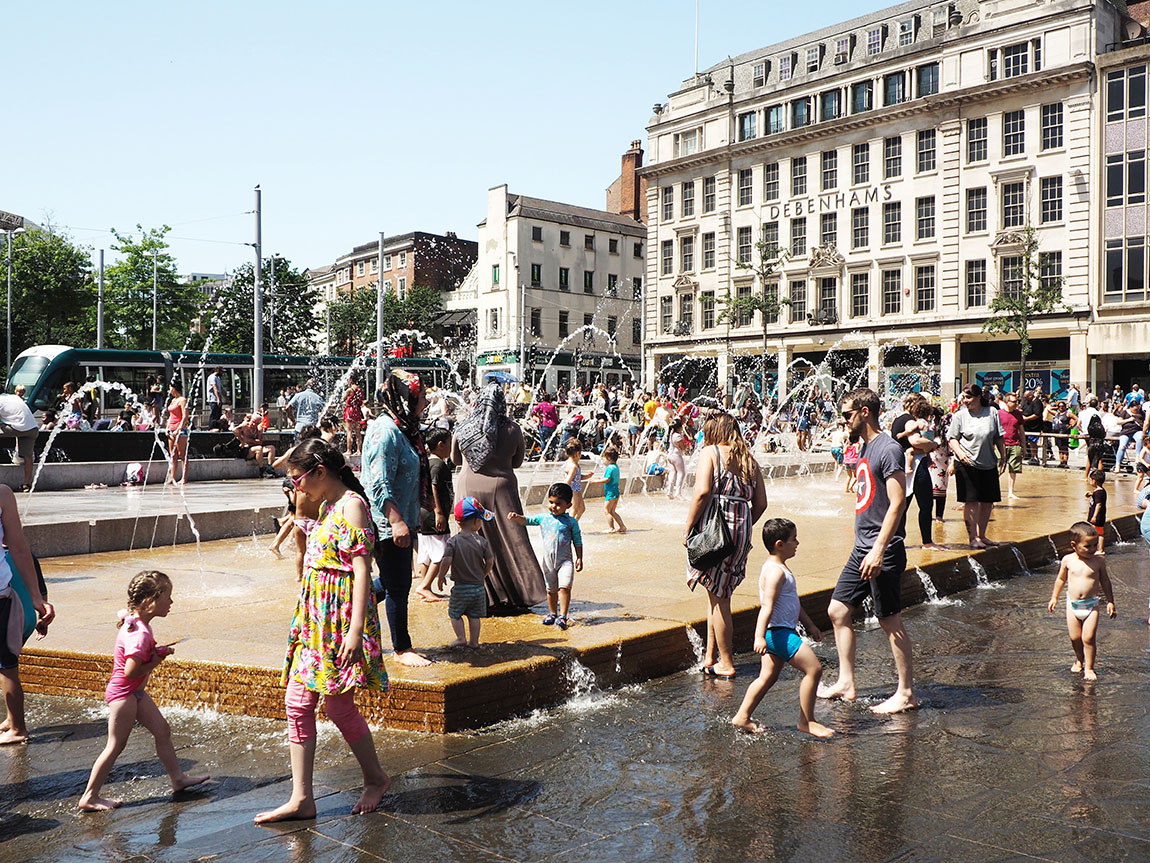
For more information on this subject, you can visit: www.econsultarch.com www.ashden.org cooltowns.eu
Subscribe to Our Newsletter
Receive our monthly newsletter by email

